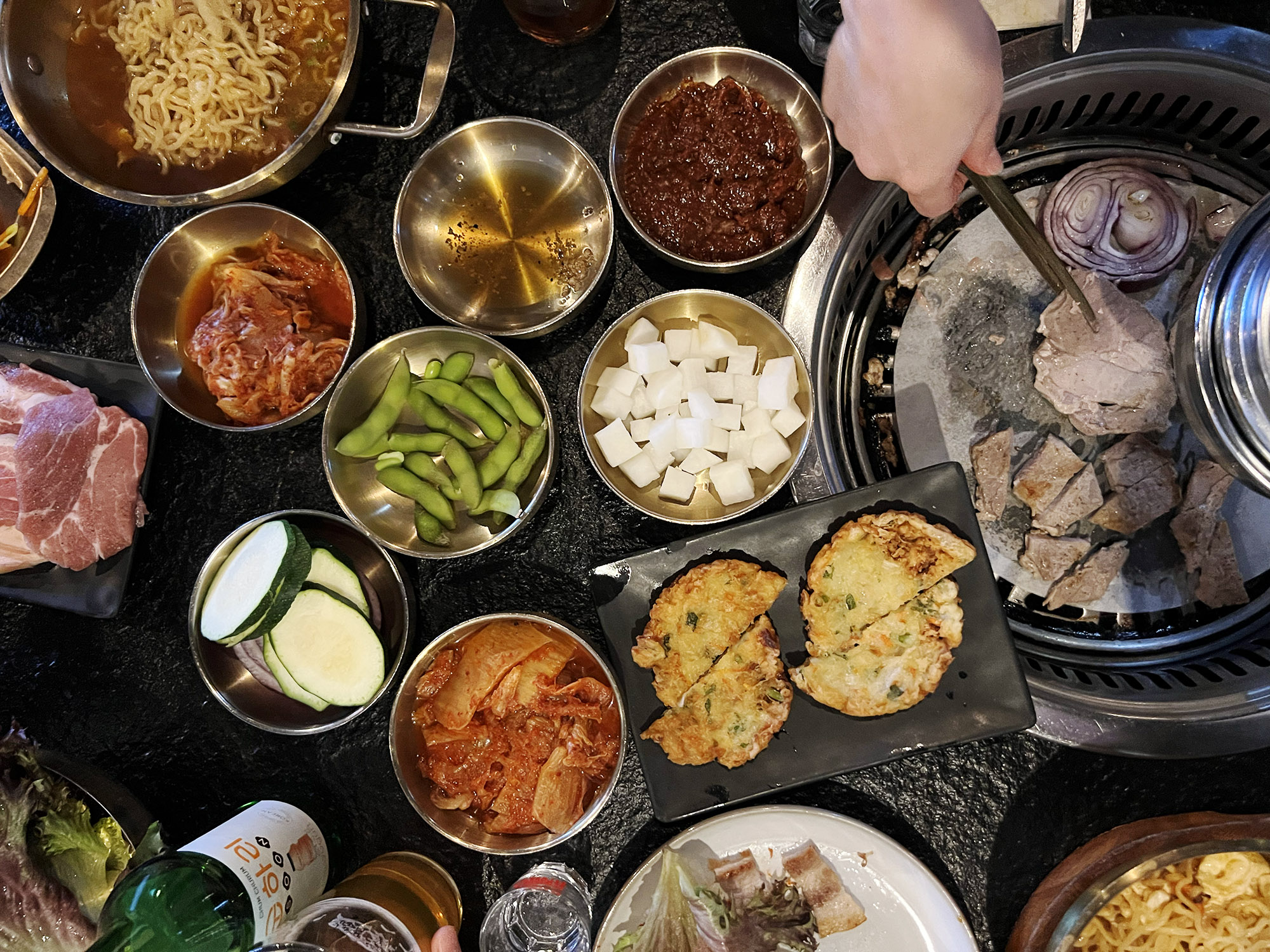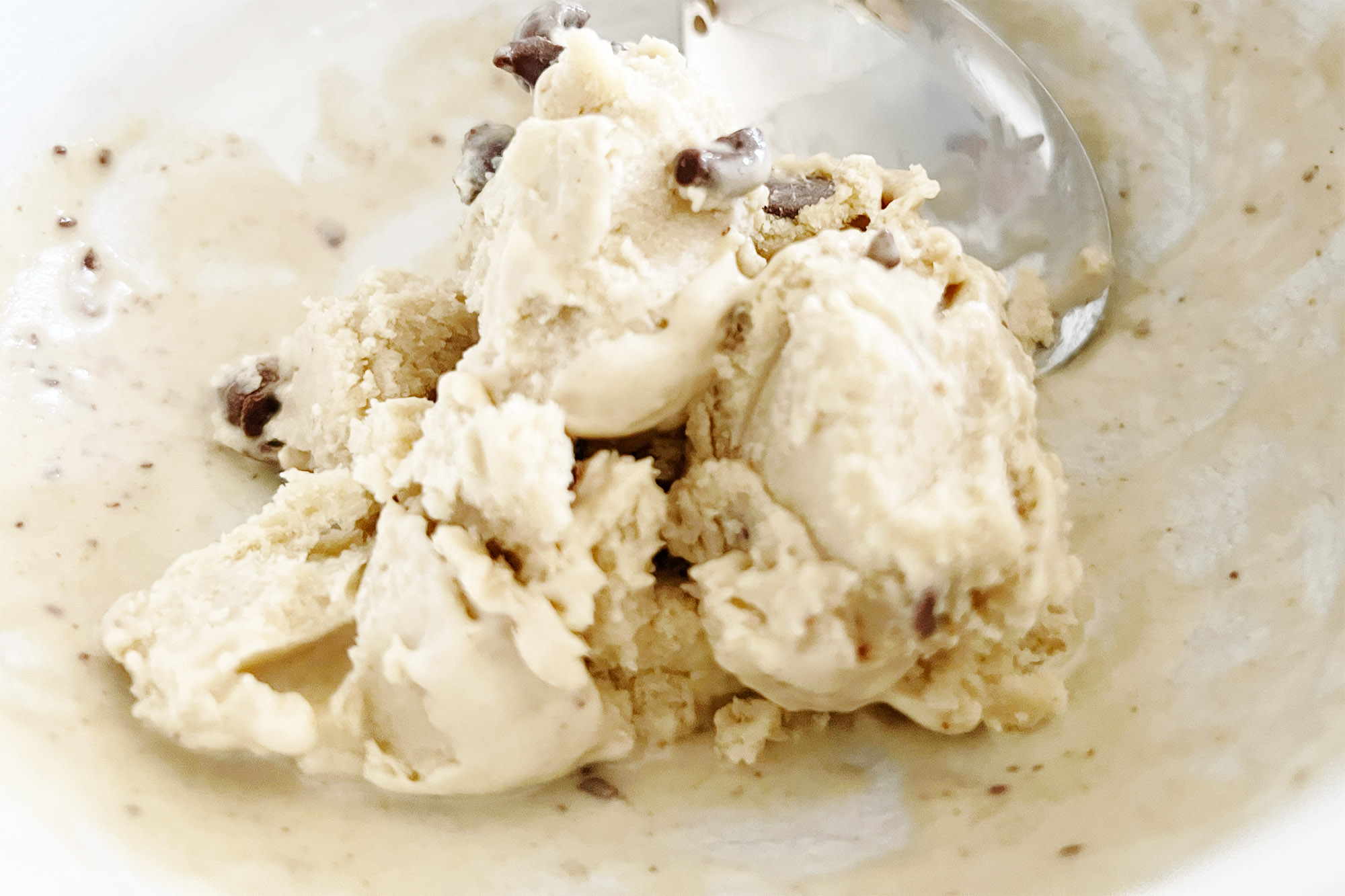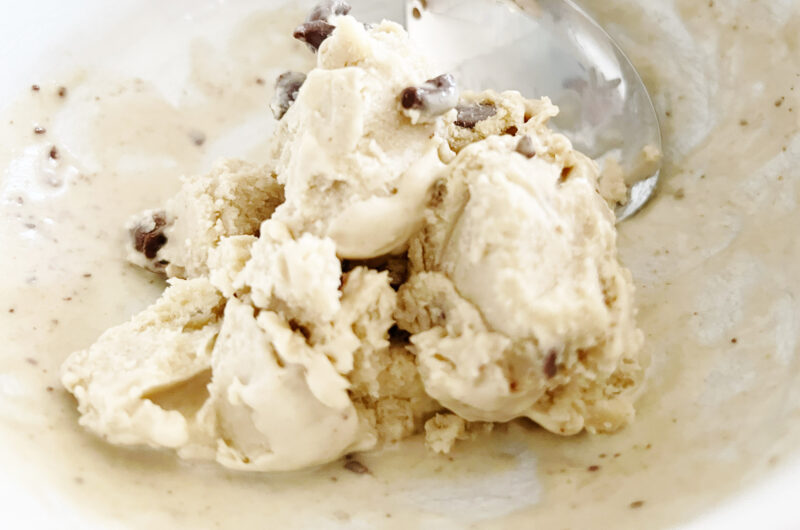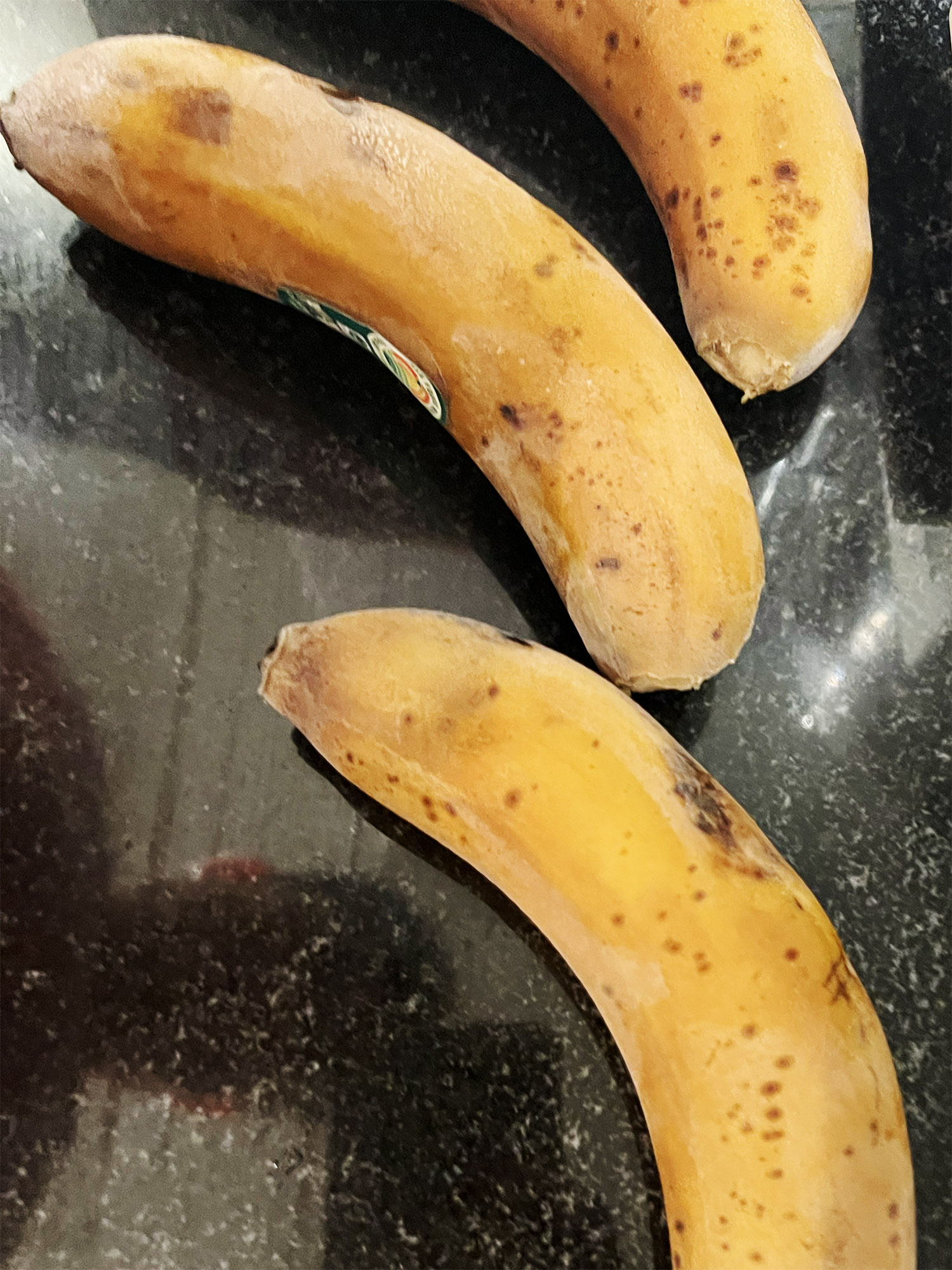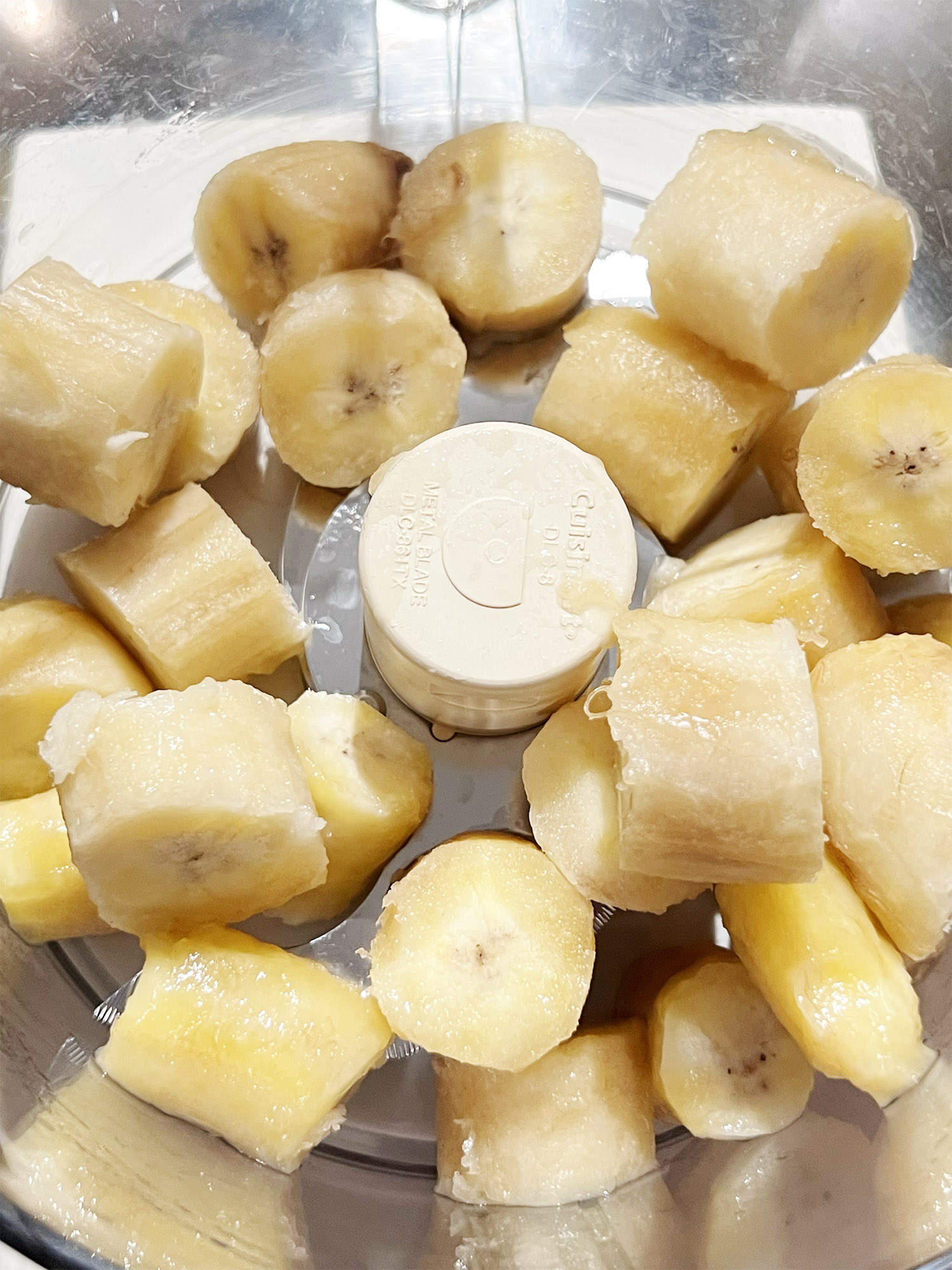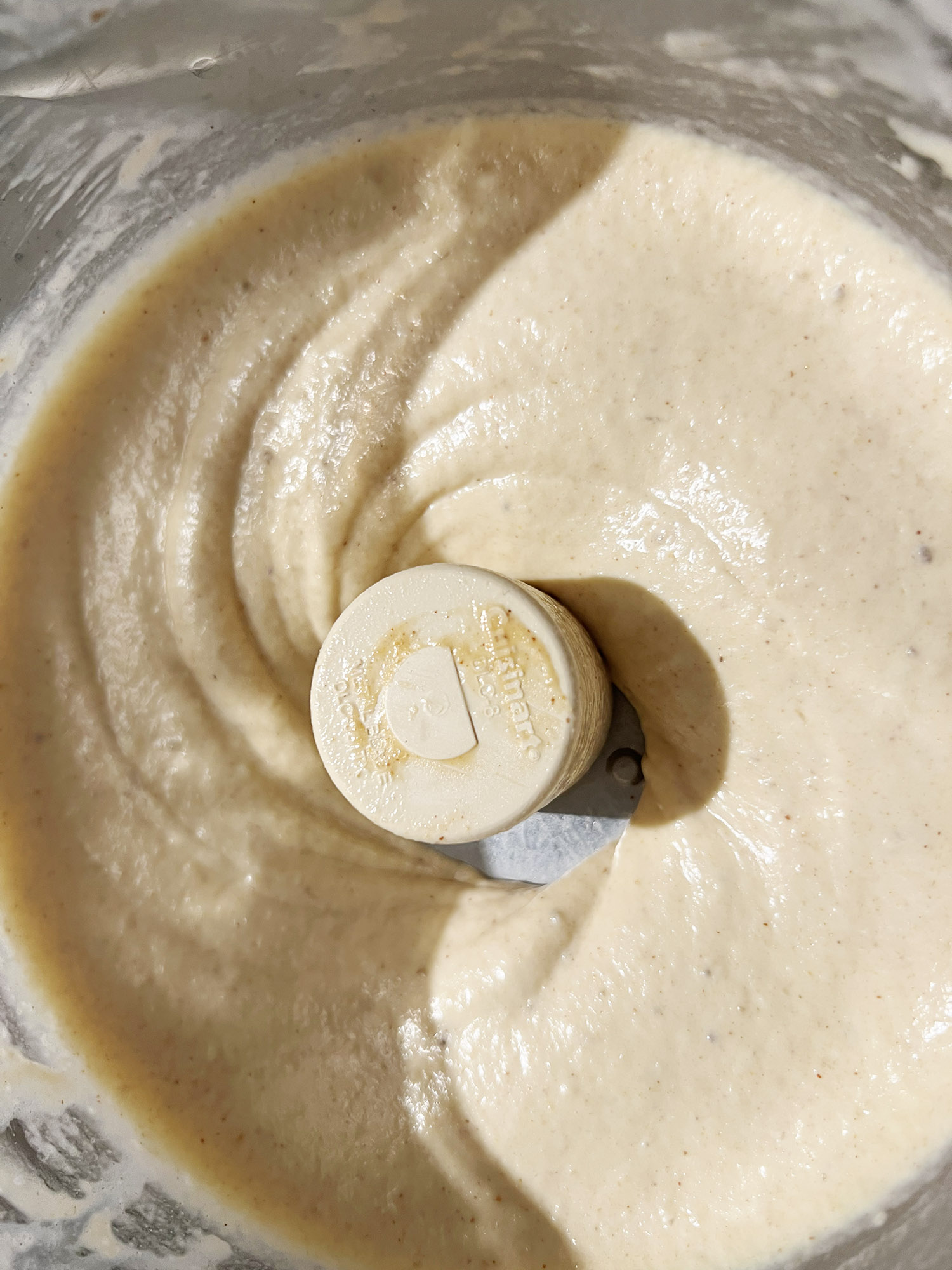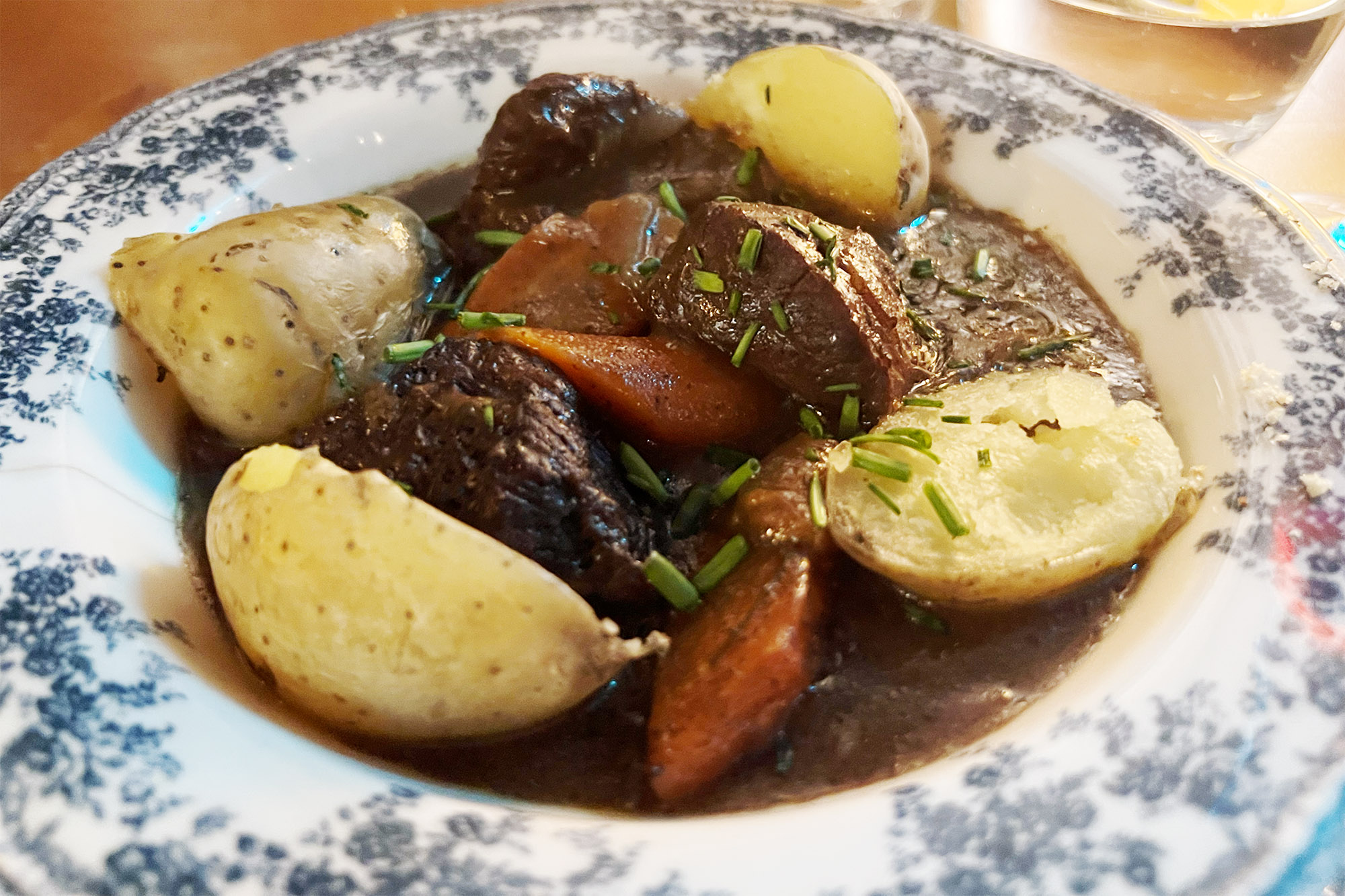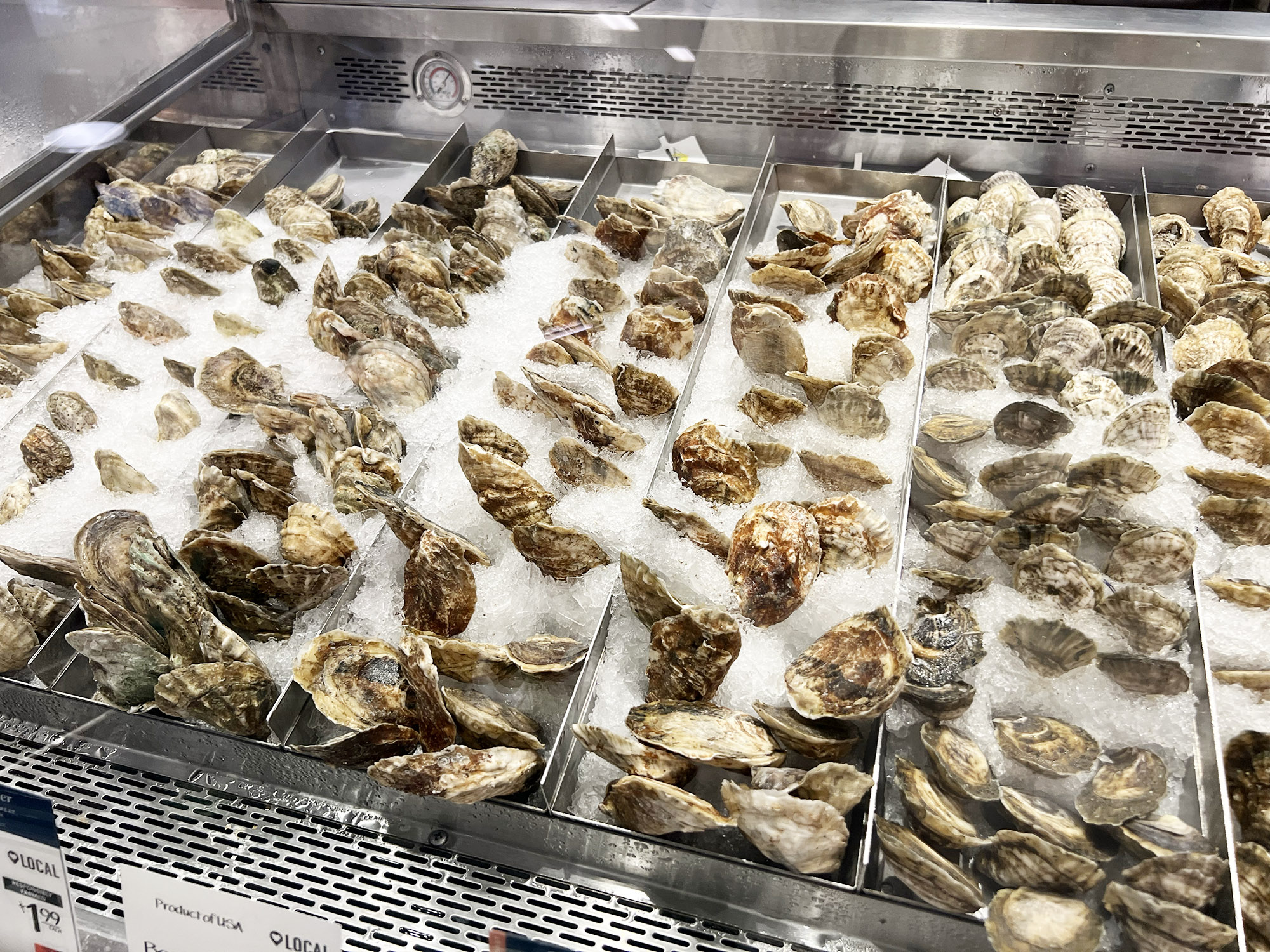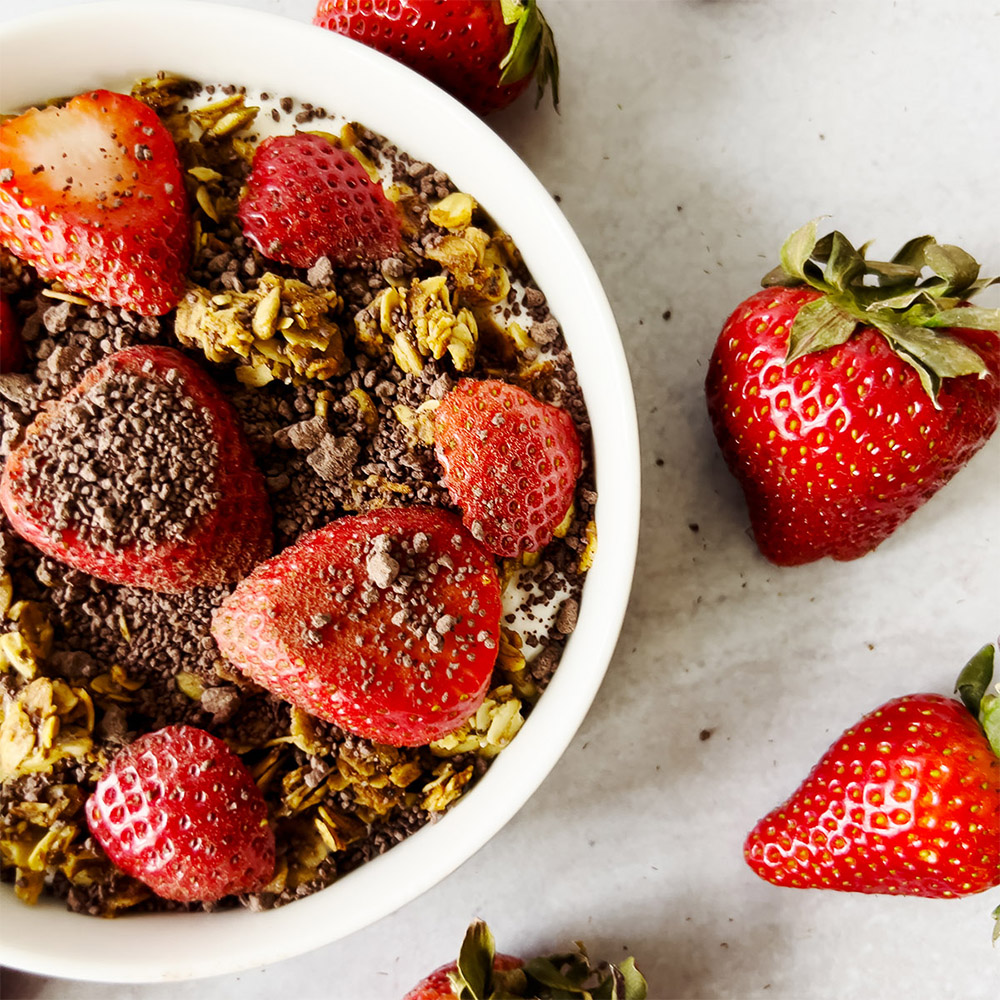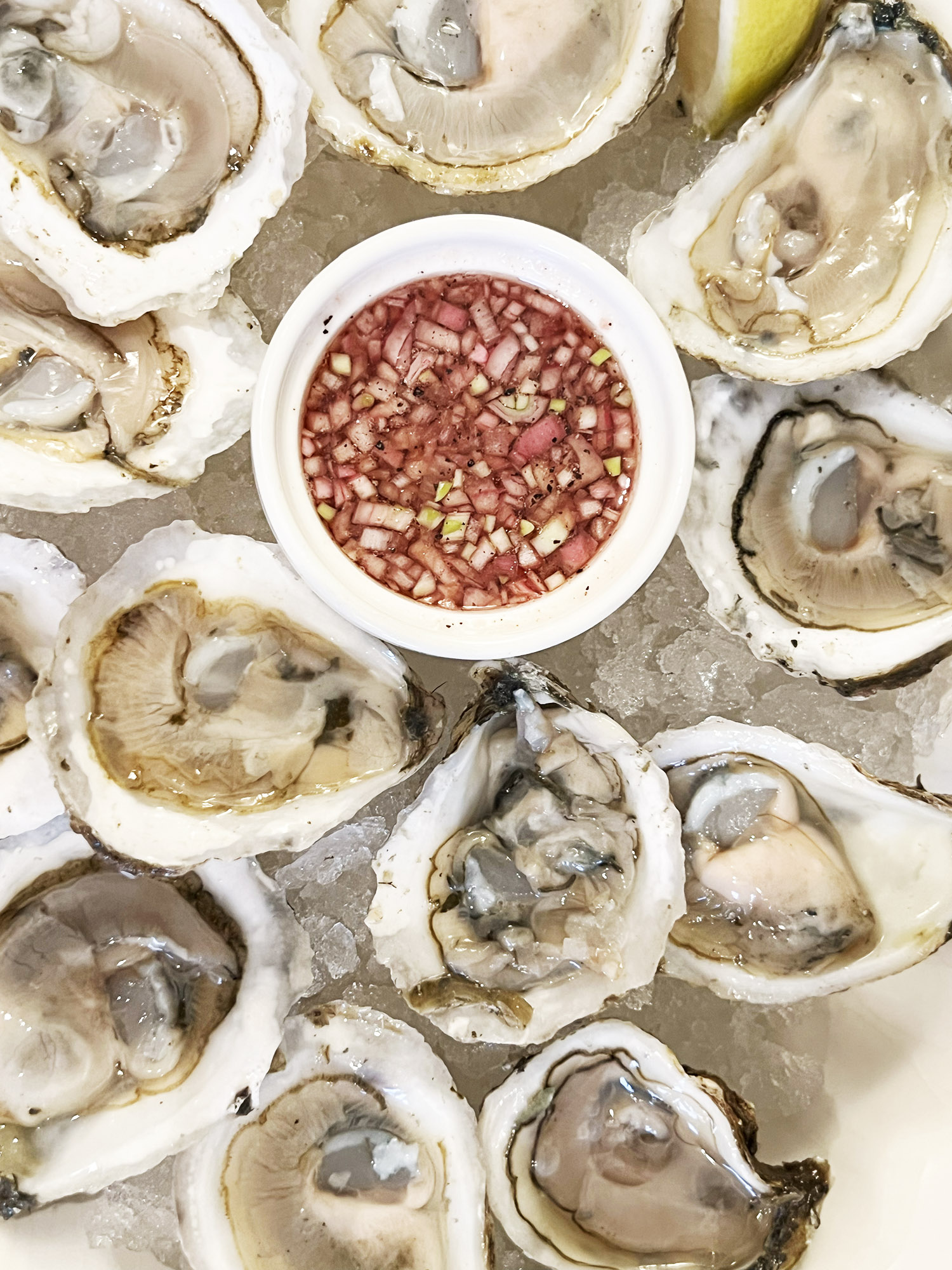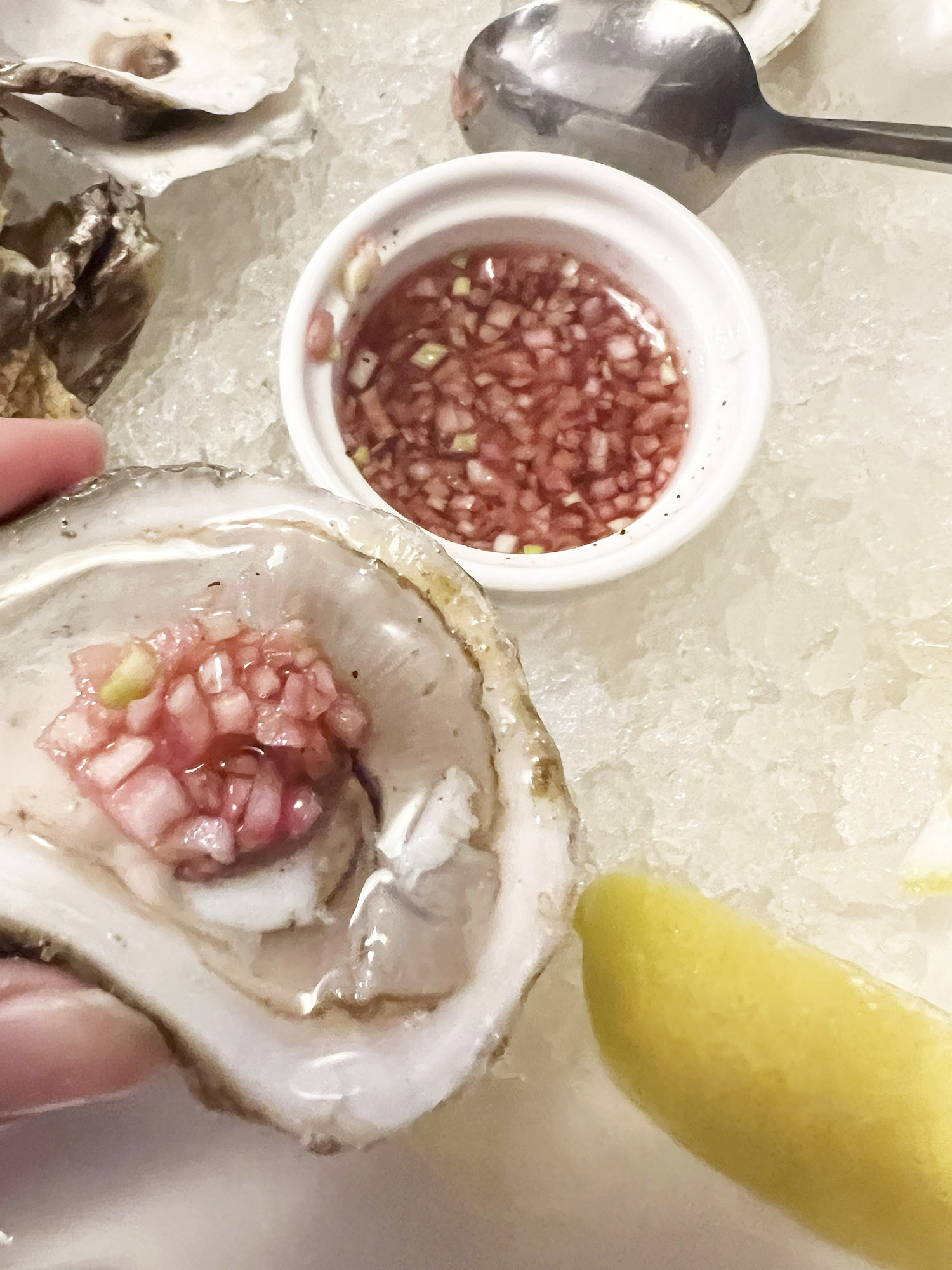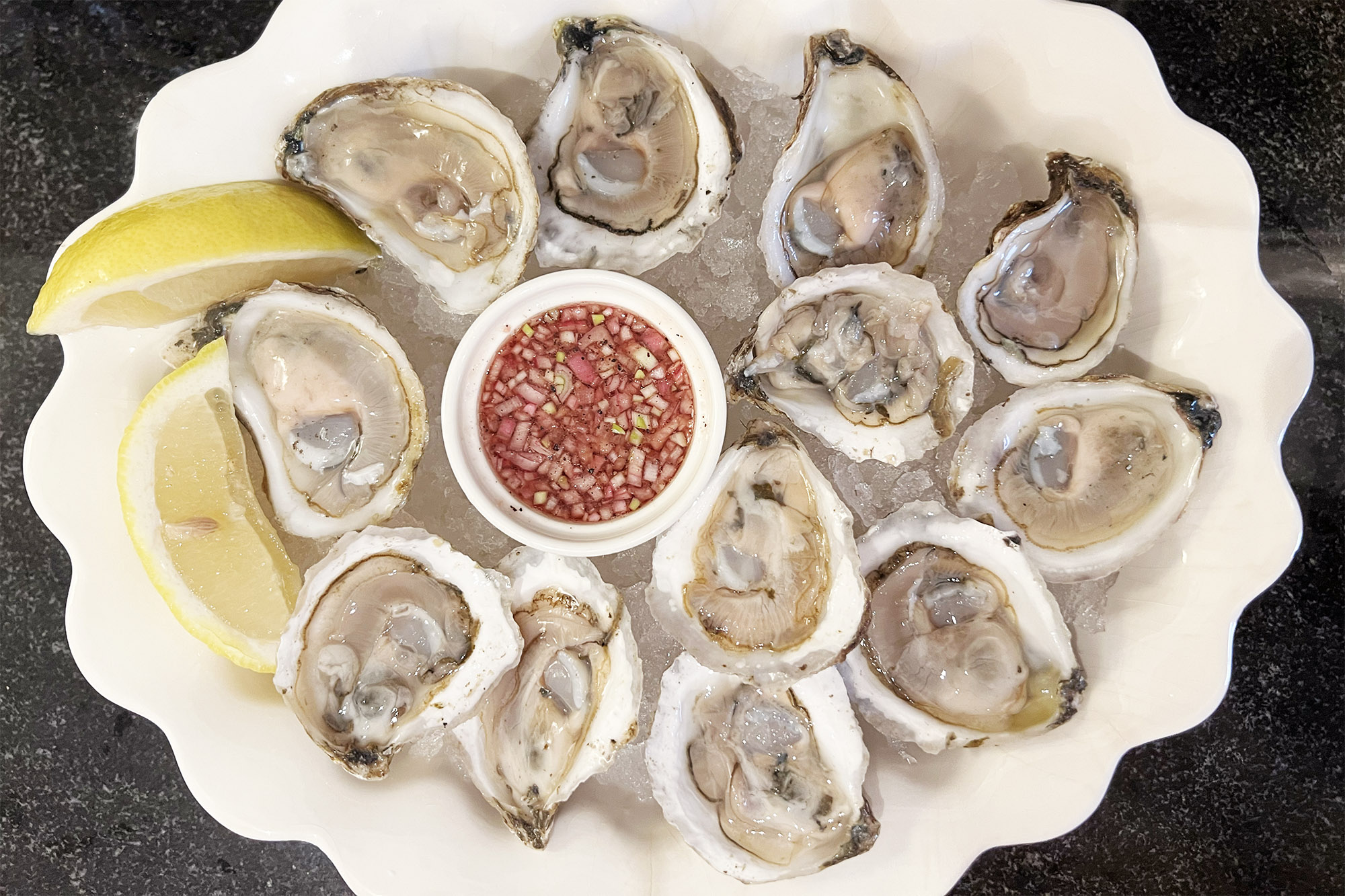
Over the years, I’ve had more gelato than I care to admit. From tiny family-run shops in Rome to sleek gelato bars in New York and Tokyo, I’ve tried it all—some fantastic, some downright disappointing. But after countless scoops, I’ve gotten pretty good at spotting the real deal.
First, let’s get one thing straight: gelato isn’t just Italian for ice cream. When it’s made right, gelato is rich and creamy but never heavy. It’s intensely flavorful without being cloyingly sweet. Once you’ve had great gelato, there’s no going back.
What makes gelato different from regular ice cream? For starters, there’s less air in it, which gives it that dense, silky texture and a more concentrated flavor. It’s also served at a slightly warmer temperature, so you’re not battling an ice block with your spoon—you can actually taste what’s going on from the very first bite.
Gelato is typically made with more milk and less cream than traditional ice cream, and usually without eggs. This lowers the fat content, which isn’t about making it healthy—it just makes it taste cleaner and more balanced. The best gelaterie use fresh, natural ingredients and make everything in-house, daily. No artificial flavorings, no shortcuts.
So how do you know if a gelato shop is worth your time (and calories)? Here are my go-to tips:
Color: A good pistachio gelato is never neon green. It should be dusty olive or beige—because it’s made with real pistachios, not food coloring. Lemon should be pale yellow or almost white, not screaming highlighter yellow. In general, muted, natural colors are a good sign.
Display: If the gelato is piled high in fluffy mountains spilling out of the metal tubs, walk away. That kind of presentation usually means pumped full of air and stabilizers. At the best places, the gelato sits flat and even, sometimes even covered with lids. It might not be as Instagrammable, but it tastes way better.
Selection: A shop with 50 flavors? Probably industrial. The best places keep it simple—usually between 10 and 20 flavors, each one made with care. Don’t be shy about asking if the gelato is made on-site. If the answer is yes, you’re on the right track.
Texture: Good gelato should be smooth and creamy, no ice crystals and definitely no goo. It should have some resistance when you scoop, but still yield easily. And above all, it should taste like what it claims to be—clean, real, and well balanced.
Vibe: One of the best indicators is the line outside. If the locals are queueing up, you’re probably in the right place. The best gelato doesn’t need neon signs or flashy displays to get your attention—it speaks for itself.
I hope this little guide helps you find the good stuff, whether you’re in Italy or anywhere else in the world. Because life’s too short for bad gelato.


